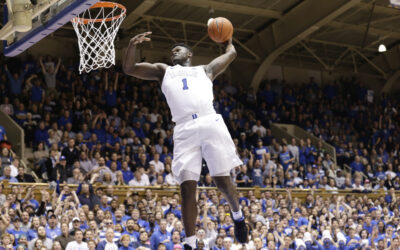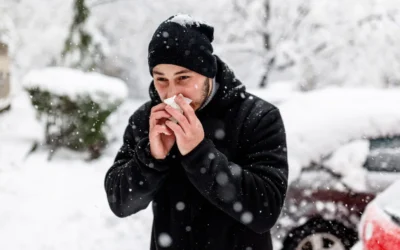Warming up for a physical activity is necessary and will aid in performance and reduce risk of injury.
Your warmup should accomplish the following things.
- Allow you to practice the movement pattern(s) and skills corresponding to the task you are about to undertake.
- Increase the heart rate to increase blood flow and body temperature.
- Be of incrementally increasing intensity building up to the maximum intensity needed to perform the activity in question.
- Allow these the previous goals to accomplished in a timely manner. Aim for 5-8 minutes, this may become longer as you become more experienced, thus your working weights being heavier.
Your warmup does NOT need to be the following.
- 20 minutes mobility or “prehab” drills.
- Of such a high volume that you are unable to perform your workout.
- Take your heart rate to above 90% of its maximum.
These things are either a waste of time or will detract from your ability to lift more weight than you did last time. Neither are desirable outcomes.
So here are some general rules for warming up for lifting.
- Start as light as you can
- For The Squat, this might be the empty bar, an air squat or even 1an assisted squat.
- For The Bench Press and The Press, this will be the empty bar for most people, use a lighter aluminium bar if you work sets are less than 30kg/65lbs.
- For The Deadlift, the empty bar for some “floating” deadlifts, then start to go up in weight.
- The sets and reps could be as follows.
- 2-3 sets of 5-10 reps with “empty bar”.
- 1×5 @ 30-50% of your working weight
- 1×5 @ 65%
- 1×3 @ 80%
- 1×2 @ 90-95%
- Then do your works sets, or top set and back offs.
- So, if you are squatting 120kg for 3×5 your warmups might look like this;
- Empty bar, 2×5
- 60kg, 1×5
- 80kg, 1×5
- 100kg, 1×3
- 110kg, 1×2
- 2-3 minutes rest, then do your work sets.
For beginners warm up sets should be done with as little rest as possible. With just enough time to change the weight on the bar then continue. As you get stronger and more experienced your warmup sets will get heavier, and you may need to take slightly more time between sets as you increase the weight on the bar. You also may need more warmup sets as you get stronger.
Learn your body.
If you are reading this article, you are most likely a beginner lifter. So, take the above advice as it is intended, as a guide to get your started. But we are each individuals, so adapt it to yourself. Just do not let your warmup drift so far from the above protocol that it is taking any more than 15 minutes. If you have specific mobility or strength deficiencies that need to be address, I suggest that you book a consultation (see the button below) with either myself or a coach near you to get those remedied as quickly as possible and you can get on with productive training.
If you have some accumulated injuries that need a little bit more attention during your warmup, then experiment and see what the most efficient way is to warm them up. If you have tight shoulders and find back squatting uncomfortable you may need to high bar squat until you are able to spend time gaining the shoulder mobility to get the bar properly secured to squat in a low bar position. And just so you know, the best exercise for gaining mobility to squat is the squat itself. And you can find the “Horn Stretch” video here.
Most people do not have severe enough “mobility” issues that require any more than a couple of months to resolve if they can be resolved at all. There may be some circumstances that require a permanent work around.
If you are a trainee with severe kyphosis (rounding of the upper back) you may require the use of a Safety Bar to squat. Or if you have extreme levels of adiposity around the waist (big belly) you may struggle to get into position for the Deadlift, so the use of rack pulls, or block pulls, would be appropriate for you. Alternative arrangements do sometimes need to be made; I may draft an article on that at some point.
How to warm up in warm or cold temperatures.
In a warm environment you may need fewer warm up sets, in a cold environment you may need significantly more.
For warm weather make sure you are well hydrated as you will be losing fluids through general perspiration. When you are working out this will increase by a significant amount. Make sure you consider that sweat is more than just water and you get a reliable source of electrolytes in your diet or through a supplement.
For wintry weather, especially if you are working out in a garage gym that is not insulated or heated, make sure you start off with plenty of layers on, so that you can take some off as you warm up. A cotton hooded jumper and a pair of sweatpants/joggers on top, with a t shirt and shorts on underneath is good place to start. Make sure that they are loose enough to move well in, but so loose they get in the way.
Also, several thin layers are better than one large layer. You can adjust how much you need as you get warmer through your workout. Just remember to dress appropriately, and everything should go fine. And if you work out in an air-conditioned gym with water fountains and showers well, aren’t you lucky.
Want to learn more about how Coach James can help you get stronger and pain free? Book a 100% free online consultation by hitting the button below.





0 Comments